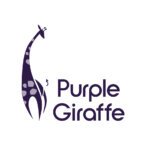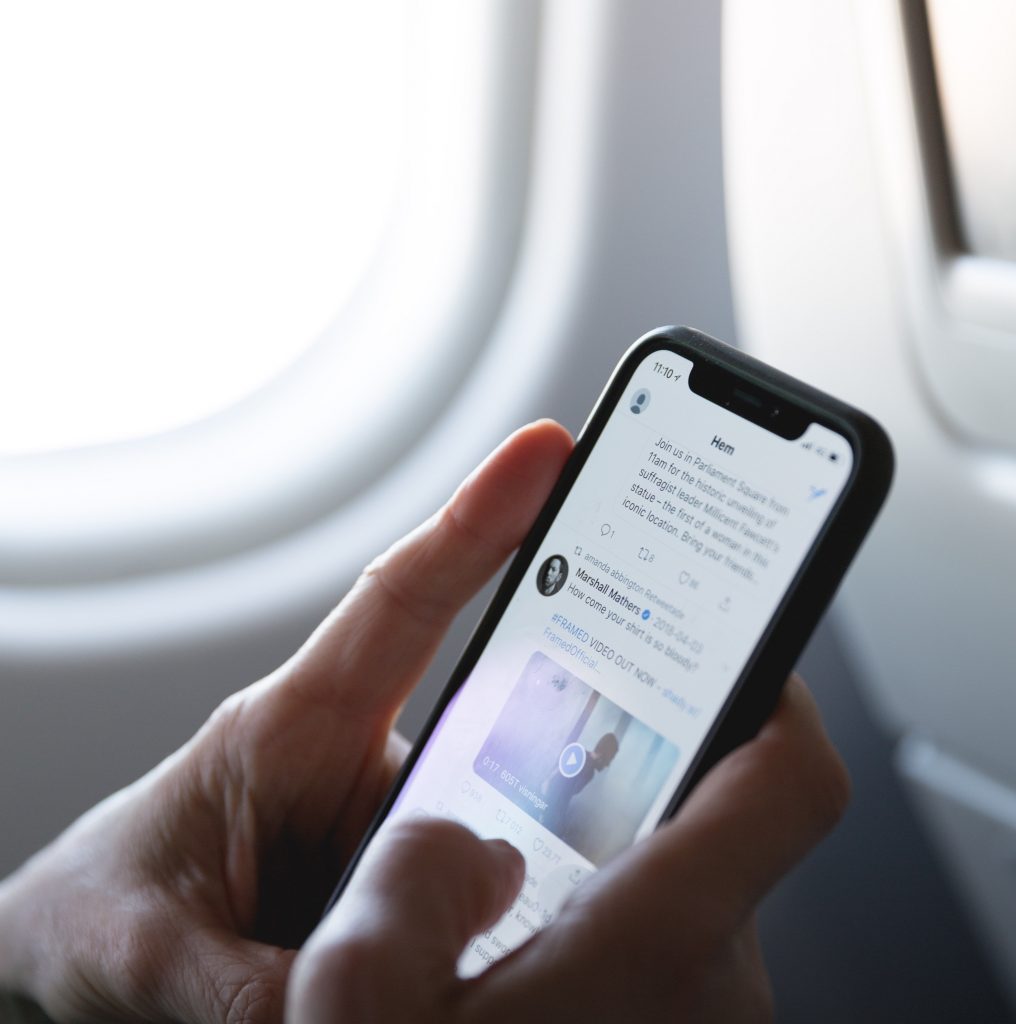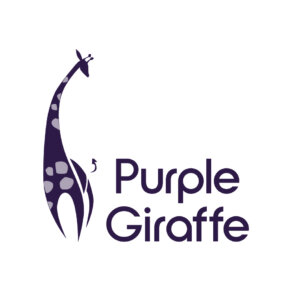So far 2020 has presented a year of extreme challenges for both Australia and the world.
The first to note were the bushfires which ripped through parts of Australia, destroying hundreds and thousands of human lives, millions of hectares of bushland, and decimated vast numbers of much loved Australian wildlife. The immediate effect was terrible and the long term repercussions on the land, people, businesses, and flora and fauna will be felt for years to come.
Unfortunately the bushfires compounded the long-term disaster and devastation of the drought, which parts of rural Australia has been greatly suffering from for many years, and to which there doesn’t seem to be any viable solution on the horizon.
Then came the floods in Queensland which reeked havoc and seemed incredible considering the state was still in parts on fire.
More recently we have been facing the COVID-19 environment. A global pandemic, which has effectively forced a collaborative closure of the worlds borders and created an experience never witnessed before. Over a million people have died, millions more are sick and at risk, businesses small and large have failed, economies have crashed, peoples daily lives have dramatically changed – and there is no solution in clear sight at the time of writing this blog.
What is so incredible about these crises, and the global reaction to them, is just how informed we are able to be throughout their development. Detailed, up to date, and location specific information about what is happening right now has been graphic and readily available from all corners of the world. Like never before people, on a global scale, have been able to stay abreast of these disasters and able to communicate with each other, with their local audience and the broader global community about what’s happening, what to do, how to behave, how to help, whose is affected, and where to go (or where not to go). This is largely due to social media.
At this point it’s time for a small personal confession. I must admit that although I work in marketing and communications, I’m not habitually a lover, or a heavy user, of social media personally. Perhaps this is because I work with it for a living (and I will say that I certainly recognise it’s importance in the modern marketing world) but I’m certainly no addict, and can very often go all day without checking my own feeds, and months without posting something of my own.
However, these recent events have seen me change my behaviour and I have found that now instead of referencing a newspaper, listening to the radio or watching the news, my go-to for keeping on-top of what is happening quickly has been my various social media accounts.
These platforms have provided me with a very informative, accurate and current way of staying up to date with the news. The donations I have made to various charities have been recommended and researched via social media, and my understanding of the various areas and groups affected gained from these platforms too. In addition to this, and in the current social isolating, and closed-up environment, it has allowed me to see what my social circle is up to, and understand how I can continue to shop and support the businesses in my repertoire. In short, I’m not sure what I would have done without these tools during this time, and I am certain that many of us feel the same. I would also like to note that that they have proved to be incredibly efficient in harnessing and communicating with targeted audiences. For example these platforms made it possible for Celeste Barber (and many other fabulous fundraising juggernauts) to raise 45+ million for the bush fires by talking to her very sympathetic, yet global audience. It has also allowed millions businesses to communicate how they are pivoting, and changing their offering, in a real-time effort to stay open and alive, in a world that doesn’t allow social contact.
It has got me thinking though about how reliant we all now are on these communication tools – not just personally but in our business lives. What on earth would we do if they all disappeared? More so than ever before, the fact of the matter is that many businesses rely so heavily on them they would literally disappear overnight if social media ceased to exist. And although I don’t think it is likely that this will happen, I never thought that Australia would shut it’s borders to the outside world either. It’s a scary and sobering thought and one that businesses that use social media heavily to communicate and drive sales need to think about and guard against.
The crux of social media is communication. Building an audience, and a community, that has intentionally signed up to follow you and is engaged with your views, your product and your content – or that the platform itself, via it’s complicated algorithms, send content our way that you are likely to be interested in. In the past, the size of your audience was an indicator of success, and while this is still important, now that Facebook, Instagram and others have developed these algorithms to make it a little trickier, it’s much more about organic active engagement or paid advertising campaigns.
However, if it all disappeared tomorrow, how would you and your business communicate with your audience? What tactics are you using in your social media strategy to make sure that you can also speak to them outside of these platforms?
It’s important for every business that’s using social media platforms like Facebook, LinkedIn, twitter, Snapchat or Instagram, to understand that nothing you create or place on social media, is owned by you or your business. In fact, it’s 100% owned by the platform. None of your follower’s details are provided to you, outside of their handle, and they can un-follow you in an instant. You are not in control of this connection, they are. The platforms also have the power to suspend your account and stop you from using your own handle.
Ask yourself – if you lost this tool to speak to your community – how would you find them? Who are they? Do you have a pathway outside of your social media accounts to connect with them?
Scary? Yes – terrifying! However, if you are using your social media platforms as a means to both talk to your followers and collect your own data to use outside of the platform – then relax!
If your business engages in social media, we would recommend that one of it’s key aims is to motivate, and provide, a direct and easy pathway for each follower to provide your business with some way of contacting them outside of the platform. This could be via an email address, a phone number, even a postal address. If they willingly provide this to your business, then you own this diamond, and can use it in the manner for which it has been collected. This means that if the social media world of today ends tomorrow – you are still able to communicate with your tribe.
The bottom line is that although social media is an amazing communication tool that has changed the world, the business reality of this is that it should just be another way to communicate with your audience, grow their numbers and ultimately collect your own data on them which you own and can continue to use even if social media disappears tomorrow.







